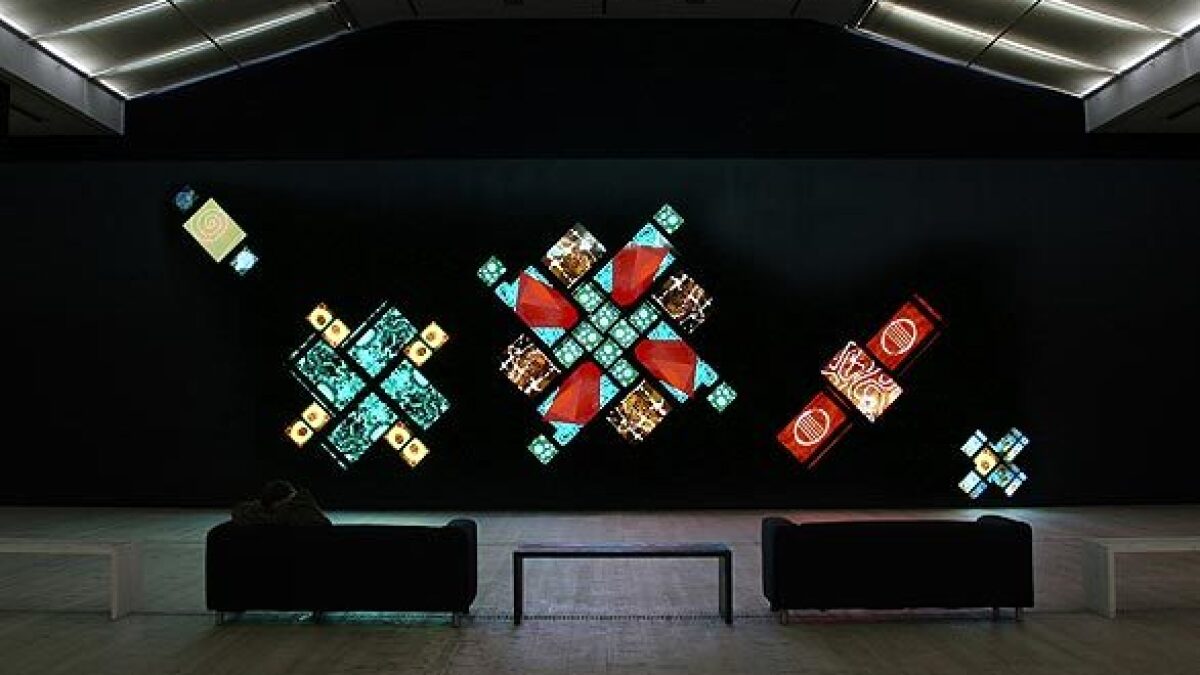
Eno has also worked on records by James, Laurie Anderson, Coldplay, Depeche Mode, Paul Simon, Grace Jones and Slowdive, among others.Įno pursues multimedia ventures in parallel to his music career, including art installations, a newspaper column in The Observer, a regular column on society and innovation in Prospect magazine, and " Oblique Strategies" (written with Peter Schmidt), a deck of cards in which cryptic remarks or random insights are intended to resolve dilemmas. He produced and performed on three albums by Talking Heads, including Remain in Light (1980), and produced seven albums for U2, including The Joshua Tree (1987). By the end of the 1970s, Eno had worked with David Bowie on the seminal " Berlin Trilogy" and helped popularise the American band Devo and the punk-influenced " No Wave" genre. Įno has also worked as an influential music and album producer. He also introduced the concept of chance music to popular audiences, partially through collaborations with other musicians. It has also been extremely influential, pioneering ambient and generative music, innovating production techniques, and emphasising "theory over practice". Roxy Music's success in the glam rock scene came quickly, but Eno soon tired of touring and of conflicts with lead singer Bryan Ferry.Įno's solo music has explored more experimental musical styles and ambient music. He joined the band Roxy Music as keyboard and synthesiser player in the early 1970s. During his time on the art course at the Institute, he also gained experience in playing and making music through teaching sessions held in the adjacent music school. Įno studied at Colchester Institute art school in Essex, England, taking inspiration from minimalist painting. John le Baptiste de la Salle Eno (born ), professionally known as Brian Eno or simply as Eno ( / ˈ iː n oʊ / ), is an English musician, composer, record producer, singer, and visual artist, known as one of the principal innovators of ambient music. While the pictures move and change through time, the music aspires towards a more “static” condition.Brian Peter George St. One difference, however, is alluded to in Eno’s note at the exhibition entrance: there is an effective inversion of the expected roles for the installation’s two elements.

Its musical or aural elements, from voice, bells, distortion, emerge, like the visuals, in self-generating patterns. Yet, he has always, from his earliest days at art school, strived to combine the aural and the visual.ħ7 Million Paintings is emblematic of that approach. A computer program by Jake Dowie selects several images at a time, combining them in unique, shifting, temporary ways.Įno, of course, is best known for his work in the field of music, especially as a pioneer of what is referred to as “ambient music”. The constituent materials are put in place by Eno, but randomly and algorithmically combined thereafter. The sequencing of the images is an example of generative art. This has the pleasing effect of making you re-see what you’ve been looking at for a long time.

For the Dublin audience, the centre will be evocative of two St Brigid’s crosses.Īs the viewer sits on watches, the images in these panels gradually shift and change, often so slowly and subtly that you only realise the extent of what’s different a while after seeing it. Several of these at a time are arranged in backlit, geometric display of overlaying, interlocking panels. The piece is based on individual images painted on glass by Eno, around 300 of them.


 0 kommentar(er)
0 kommentar(er)
